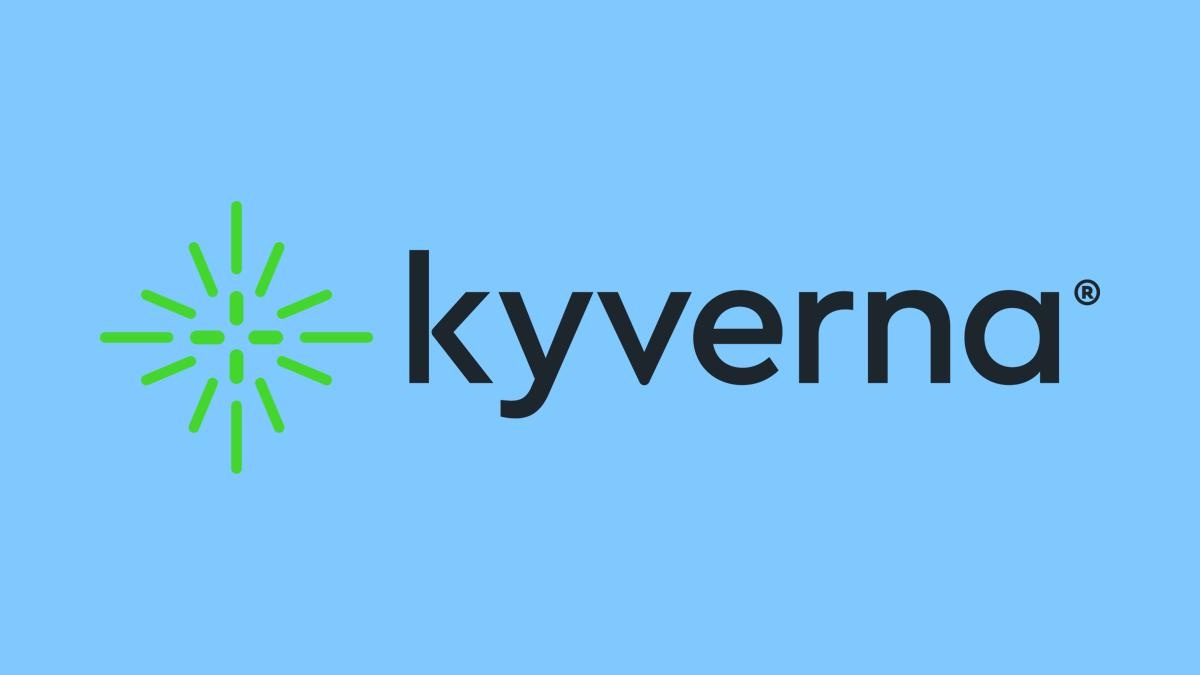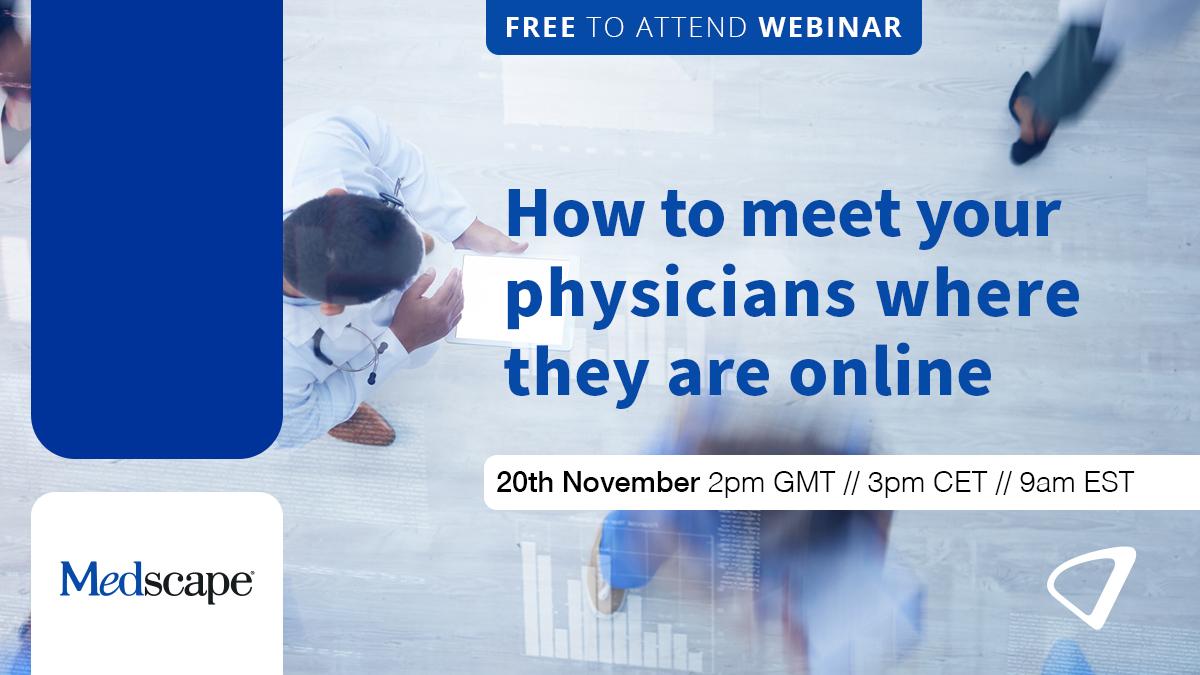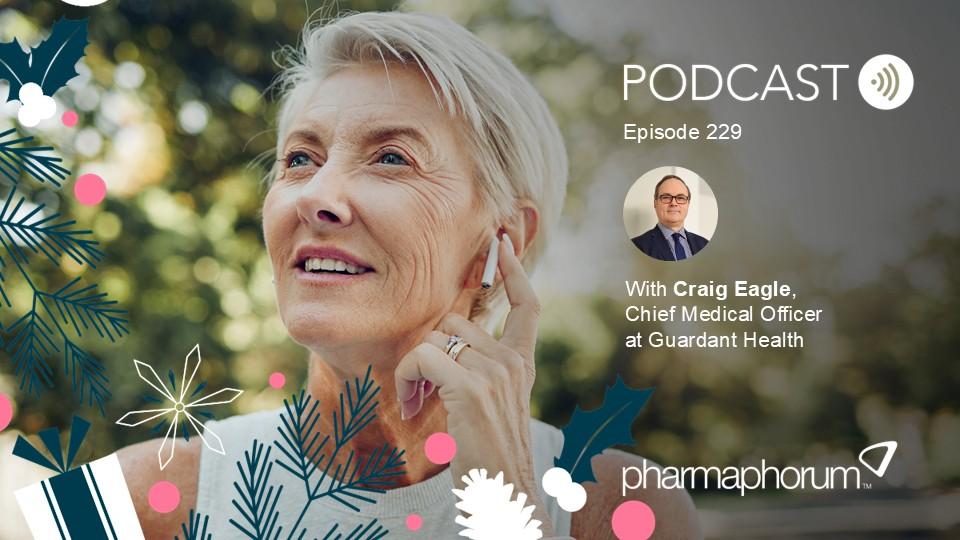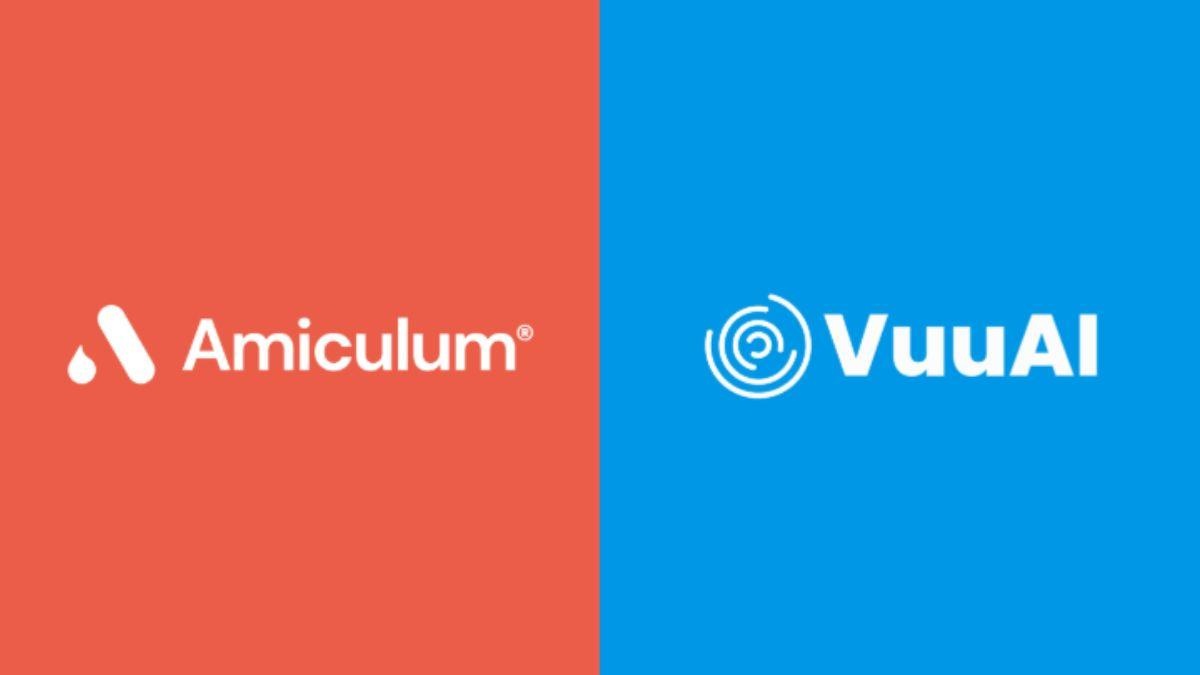How technology is helping to reduce the gender divide in healthcare

A young woman who spent years on NHS waiting lists suffering from endometriosis finally borrowed the money for a hysterectomy in a private hospital. She had reached her breaking point. She couldn’t take the pain and misery any longer and decided she would rather be in debt.
This was the awful story I heard recently which brought home to me the severity of the waiting lists gender health gap crisis in the NHS.
In December 2024, the Welsh Government unveiled its first Women's Health Plan, a comprehensive 10-year strategy aimed at addressing the longstanding gender disparities in healthcare. It acknowledges that, while women generally enjoy longer lifespans than men, they often experience more years burdened by disability, face longer waits for pain relief, and frequently have their health concerns dismissed.
With gynaecology waiting lists having doubled since 2020 across the UK, we are seeing more and more women waiting too long for care, as pointed out by the Royal College of Obstetricians and Gynaecologists.
How did we get here? And how can we quickly provide better care for patients? The NHS is facing well-publicised funding cuts and some health conditions, such as endometriosis, are particularly complex to diagnose.
One simple step the NHS can take to make the situation better is improving communication between GPs and consultants. When GPs and paramedics need advice from consultant gynaecologists, they typically have to rely on hospital switchboards to get connected. But they are often left languishing on hold for precious minutes, time they can ill afford to waste.
Their only remaining option is to refer the patient for a consultation, which adds to already long waiting lists and leaves the patient with a frustrating treatment delay.
For some patients, specialist pre-referral advice would let them start treatment in primary care quicker and in turn reduce the pressures on waiting lists.
The good news is that some parts of the UK have changed things up
NHS Wales is using technology that allows GPs and paramedics to find a specialist consultant from a predefined rota for expert advice via a phone call.
Primary care clinicians are connected with specialists in a fraction of the time it would otherwise take. The expert advice it facilitates for a patient often is the difference between an unnecessary hospital referral and an immediate treatment plan that can be actioned in the community.
A key example is an acute gynaecology service in Cardiff and Vale University Health Board (UHB). Launched in November 2024, the service allows primary care clinicians to access urgent gynaecological advice from senior clinicians at the University Hospital of Wales through a simple phone line accessed via an app or desktop.
Primary care clinicians are connected in just 21 seconds on average. 47% of the time calls avoid an unnecessary admission or referral, meaning that women don’t suffer long waits, and clinicians can take swift, informed action without overwhelming hospital resources. These women avoid a potentially distressing hospital visit, and are treated more quickly.
This technology is also being used for perinatal mental health conditions in Hywel Dda UHB. Specialist perinatal mental health nurses have been providing advice via a dedicated phone line. More than 880 women have been referred to get the treatment they need at hospital, and over 350 women were kept out of hospital and got the right care within the community faster as a result.
Tech isn’t only being used to streamline communication to keep women out of hospital. It’s also speeding up communication, and access to the right hospital care for women who need urgent attention.
In Wales, the power of technology to speed up care when it’s most urgent can be seen with Pre-Alert Maternity lines (also known as ‘red phone’ initiatives). This started in September 2024, and allows paramedics to communicate directly with maternity units about obstetric emergencies. They can get instant advice about whether to take the patient to hospital, but the maternity unit also knows when a patient needs instant medical attention and makes sure everything is ready when they arrive.
Every second counts in an emergency. The more information a paramedic can relay to the maternity unit, the better they can prepare by calling in the right clinicians and resources to deliver emergency care. Over 300 women have been conveyed with a pre-alert about their condition, enabling them to get the best possible care when they arrive, which could be the difference between life and death.
Simple initiatives like these need to be widely adopted across the UK. Inefficiency is prolonging the well documented phenomenon of medical misogyny, and there are so many other things that we can be doing in the meantime to help address the issue.
Something as simple as facilitating a phone call can have life-changing results, and stop young women from going into debt to get the care they need. Other NHS areas need to sit up and take notice - the time to act is now.
About the author
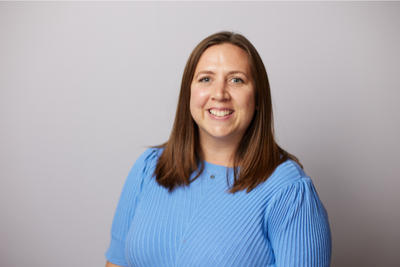 Emma Berresford started her career in advertising and marketing, managing and driving large-scale projects for a number of large blue chip clients. She has worked across a variety of sectors, including retail, FMCG, financial services, and healthcare, with a focus on customer/user experience and satisfaction. Berresford’s experience includes client service and success, project implementation and management, and operational and strategic delivery of large-scale projects and teams.
Emma Berresford started her career in advertising and marketing, managing and driving large-scale projects for a number of large blue chip clients. She has worked across a variety of sectors, including retail, FMCG, financial services, and healthcare, with a focus on customer/user experience and satisfaction. Berresford’s experience includes client service and success, project implementation and management, and operational and strategic delivery of large-scale projects and teams.



